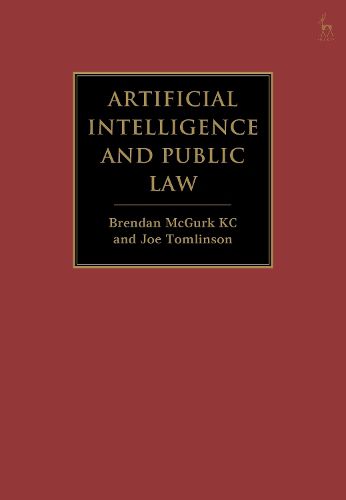Readings Newsletter
Become a Readings Member to make your shopping experience even easier.
Sign in or sign up for free!
You’re not far away from qualifying for FREE standard shipping within Australia
You’ve qualified for FREE standard shipping within Australia
The cart is loading…






The Government's use of algorithmic-based decision-making is rapidly expanding across policy areas, including immigration, social security, regulation, security and policing. This book provides the first comprehensive analysis of how public law applies to the use of artificial intelligence and automation in the public sector in England and Wales.
Starting with an accessible account of the nature of AI and automated systems being increasingly deployed in the public sector, the book covers the various legal regimes which regulate their use. It considers how the principles of judicial review might be deployed to challenge automated decision-making by public authorities. It also explains how equality law, human rights law, procurement law, data protection law and private law apply to government use of AI and automation. This book is a vital guide for practitioners in both private practice and government, and for anyone navigating this quickly changing, complex and uncertain environment.
$9.00 standard shipping within Australia
FREE standard shipping within Australia for orders over $100.00
Express & International shipping calculated at checkout
The Government's use of algorithmic-based decision-making is rapidly expanding across policy areas, including immigration, social security, regulation, security and policing. This book provides the first comprehensive analysis of how public law applies to the use of artificial intelligence and automation in the public sector in England and Wales.
Starting with an accessible account of the nature of AI and automated systems being increasingly deployed in the public sector, the book covers the various legal regimes which regulate their use. It considers how the principles of judicial review might be deployed to challenge automated decision-making by public authorities. It also explains how equality law, human rights law, procurement law, data protection law and private law apply to government use of AI and automation. This book is a vital guide for practitioners in both private practice and government, and for anyone navigating this quickly changing, complex and uncertain environment.